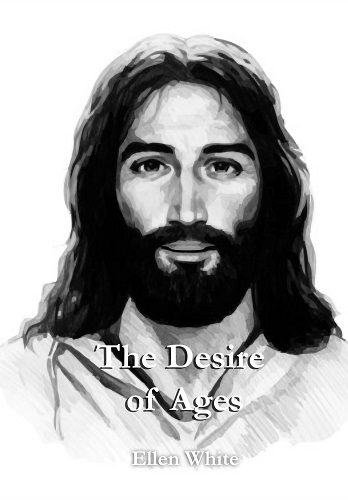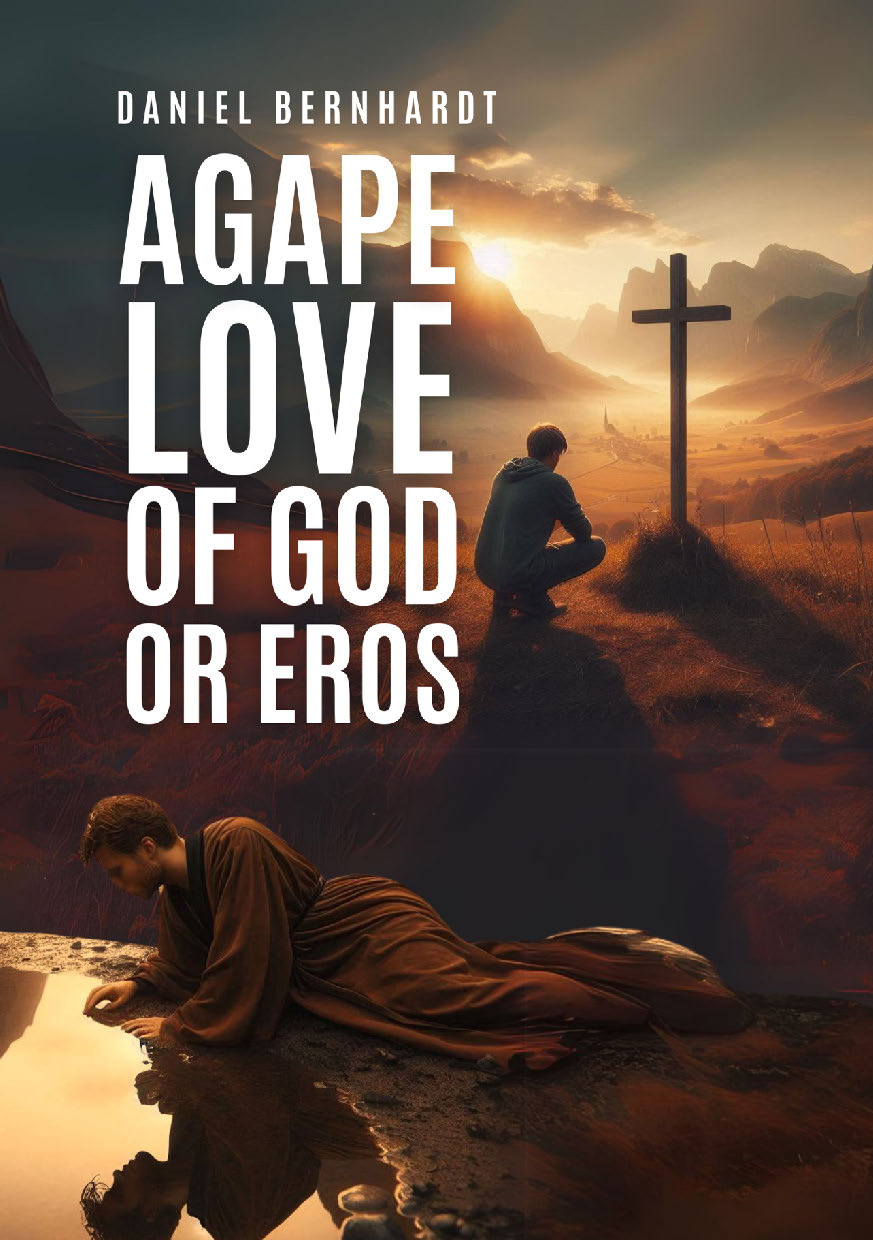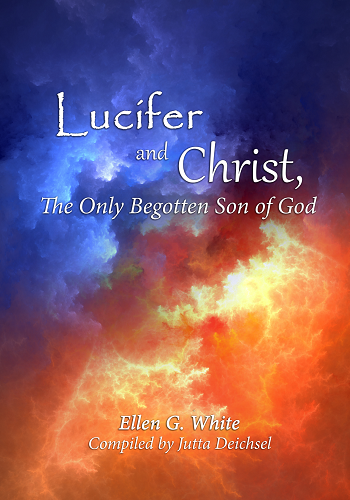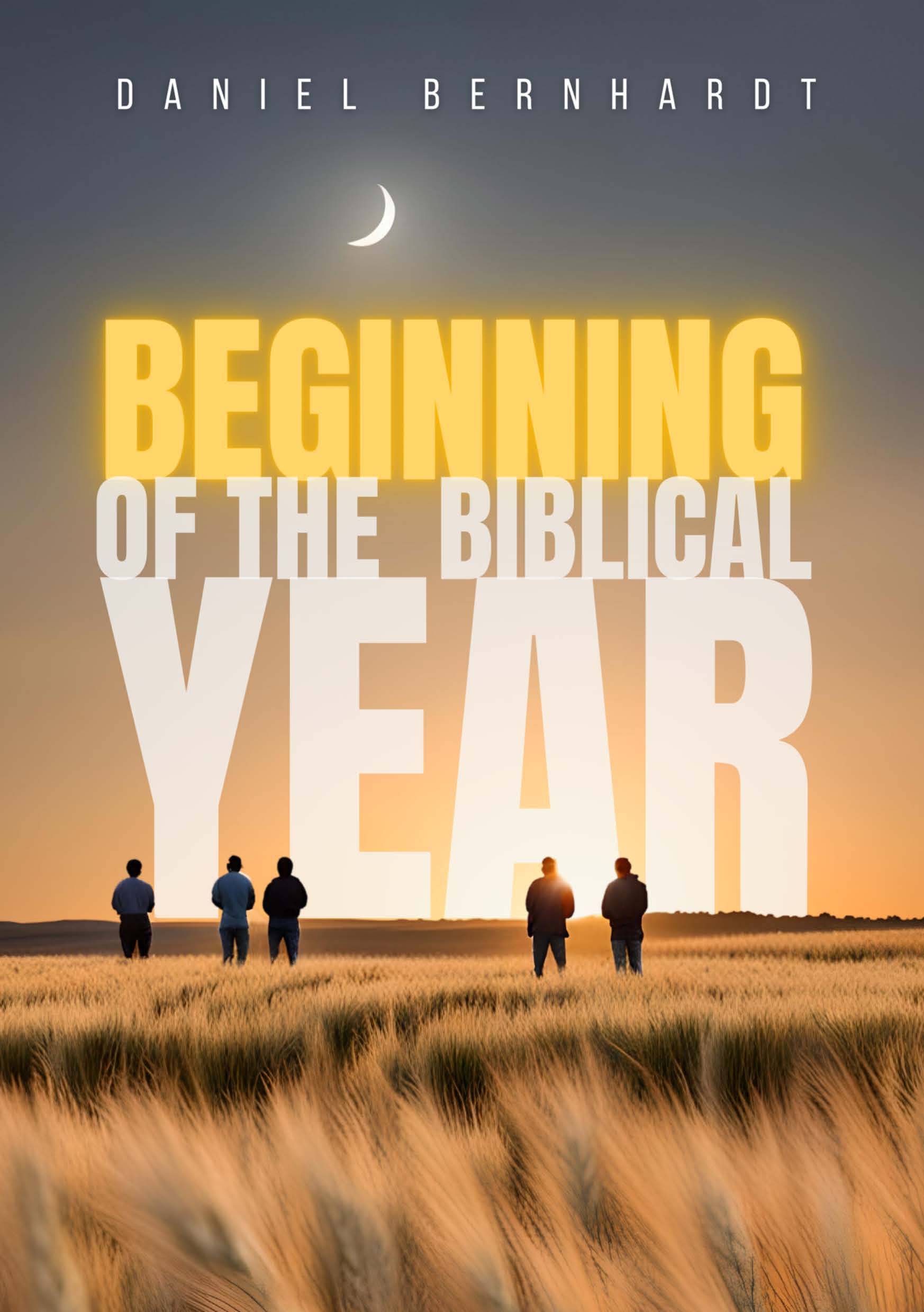Panentheism and the Chalcedonian (Athanasian) Creed
Gary had some questions regarding the Chalcedonian Creed, which is also known at the Athanasian Creed, as it was primarily formulated upon Athanasius's `On the Incarnation', which he wrote when he was about 21 years old. `Saint' Athanasius defeated the views of Arius during the Council of Nicea in 325 A.D, and is revered as a Church Father. The following is a representation of the Athanasian (Chalcedonian ) Creed as formulated during the Council of Chalcedon in 451 A.D:
`Whosoever will be saved, before all things it is necessary that he hold the Catholic Faith. Which Faith except every one do keep whole and undefiled; without doubt he shall perish everlastingly. And the Catholic Faith is this: That we worship one God in Trinity, and Trinity in Unity; Neither confounding the Persons; nor dividing the Essence. For there is one Person of the Father; another of the Son; and another of the Holy Ghost. But the Godhead of the Father, of the Son, and of the Holy Ghost, is all one; the Glory equal, the Majesty coeternal. Such as the Father is; such is the Son; and such is the Holy Ghost. The Father uncreated; the Son uncreated; and the Holy Ghost uncreated. The Father unlimited; the Son unlimited; and the Holy Ghost unlimited. The Father eternal; the Son eternal; and the Holy Ghost eternal. And yet they are not three eternals; but one eternal. As also there are not three uncreated; nor three infinites, but one uncreated; and one infinite. So likewise the Father is Almighty; the Son Almighty; and the Holy Ghost Almighty. And yet they are not three Almighties; but one Almighty. So the Father is God; the Son is God; and the Holy Ghost is God. And yet they are not three Gods; but one God. So likewise the Father is Lord; the Son Lord; and the Holy Ghost Lord. And yet not three Lords; but one Lord. For like as we are compelled by the Christian verity; to acknowledge every Person by himself to be God and Lord; So are we forbidden by the Catholic Religion; to say, There are three Gods, or three Lords. The Father is made of none; neither created, nor begotten. The Son is of the Father alone; not made, nor created; but begotten. The Holy Ghost is of the Father and of the Son; neither made, nor created, nor begotten; but proceeding. So there is one Father, not three Fathers; one Son, not three Sons; one Holy Ghost, not three Holy Ghosts. And in this Trinity none is before, or after another; none is greater, or less than another. But the whole three Persons are coeternal, and coequal. So that in all things, as aforesaid; the Unity in Trinity, and the Trinity in Unity, is to be worshipped. He therefore that will be saved, let him thus think of the Trinity.
Furthermore it is necessary to everlasting salvation; that he also believe faithfully the Incarnation of our Lord Jesus Christ. For the right Faith is, that we believe and confess; that our Lord Jesus Christ, the Son of God, is God and Man; God, of the Essence of the Father; begotten before the worlds; and Man, of the Essence of his Mother, born in the world. Perfect God; and perfect Man, of a reasonable soul and human flesh subsisting. Equal to the Father, as touching his Godhead; and inferior to the Father as touching his Manhood. Who although he is God and Man; yet he is not two, but one Christ. One; not by conversion of the Godhead into flesh; but by assumption of the Manhood into God. One altogether; not by confusion of Essence; but by unity of Person. For as the reasonable soul and flesh is one man; so God and Man is one Christ; Who suffered for our salvation; descended into hell; rose again the third day from the dead. He ascended into heaven, he sitteth on the right hand of the God the Father Almighty, from whence he will come to judge the quick and the dead. At whose coming all men will rise again with their bodies; And shall give account for their own works. And they that have done good shall go into life everlasting; and they that have done evil, into everlasting fire. This is the Catholic Faith; which except a man believe truly and firmly, he cannot be saved.' (Athanasian Creed.)
While at first glance, the aspects of this Creed which pertain to the human incarnation of Christ at first appear to seem innocuous, by stating `smooth things' which could be construed as Christ having either/or the pre-lapsarian or post-lapsarian human nature of Adam, this Creed is primarily based upon Athanasius's `On the Incarnation', and is defined by it. Clearly, in Athanasius' defining statement of the humanity of Christ, which states that `he is not two, but one Christ. One; not by the Godhead into flesh; but by the assumption of the Manhood into God' is reflected in the following statements which are derived from `On the Incarnation' - i.e, ` to shew Himself everywhere, leaving nothing void of HIs own divinity and knowledge of Him. For I resume and I repeat what I said before, the Saviour did this in order that, as He fills all things by His presence, so also might He fill all things on all sides with the knowledge of Him ' (`On the Incarnation 1: 45) and `For He was made man that we might be made God.' (`On the Incarnation' 1: 54). To imply that all things are `filled' by the `presence' of Christ, and thus all things are filled with knowledge (`gnosis') of Him, betrays the influence which Neo-Platonic philosophy on Him, for in this system the One pantheistic God which resides in all living creatures is represented by the hypostasis, or expressions which `emanate' from Him. Instead of conveying the strictly pagan idea of pantheism i.e - that the universe is God, this viewpoint differs slightly by claiming that the entire universe is contained within God as a part of God, or the more strictly Platonic idea that the universe and God are immanent in one another. This marriage of Platonic philosophy with the ontological inter-relationship of the Godhead is known as panantheism, which:
` . . . . affirms that although God and the world are ontologically distinct and God transcends the world, the world is "in" God ontologically. [This means that the world exists `in' God in an experiential sense, i.e the world partakes in the divinity of God - Editor.] In contrast , classical theism posits an unqualified distinction between God and the world: although intimately related, God and creatures are always and entirely other than one another . . . . Broadly speaking, the difference between classical theism [the doctrine of God] and panentheism is what each appropriated from Plato and Neoplatonism. To articulate the biblical doctrine of creation, the Christian father's adapted Plato's eternal transcendent God, the Father, Mind and Craftsman, who is wholly other than the world he makes. They modified it to fit the doctrine of the Trinity: the Father, the Son as the Word including the Ideas, and the Holy Spirit as Creator but not as World-Soul . . . . The One God generates the Mind, which generates the World-Soul, which generates the world, which exists in the Mind, which exists in the One. Neoplatonism is panentheistic because everything exists within God in a series of concentric emanations . . . . This notion of Deity becomes the panentheistic tradition that is still expressed by the process theologians Whitehead and Hartshorne in their concept of dipolarity, that God has two natures. This tradition has an unbroken history from Plato to Whiteshead, who once observed that the history of Western philosophy is "a series of footnotes to Plato." He could have made the same comment about theology. Much panentheism carries on the transcendant-immanent theology of Neoplatonism.' (`Panentheism, the other God of the philosophers: from Plato to the Present', J. Cooper, 2006.)
While this writer generally agrees with the statement reproduced above, it is quite clear that Athanasius did indeed view the Holy Spirit in the pantheistical `World-Soul' view, for he believed that Christ was to `shew Himself everywhere, leaving nothing void of His own divinity', which is undeniably pantheism, particularly when we take into account that he also believed that `He fills all things by His presence', and `He was made man so that we might be made God'. In light of this, it is therefore critical that we understand what the Bible teaches about the personality of the Holy Spirit, and compare this with what the Council of Constantinople taught about the Holy Spirit in 381 A.D, thus finalising the Nicene Creed, so that the so-called `Third Person of the Godhead' (i.e - Holy Spirit) - could be viewed as God in precisely the same as Christ and the Father, which means that the Holy Spirit should be accorded worship in precisely the same sense that the Father and Son are, for the Holy Spirit is accorded as this Creator of this world, which is a title which applies to Christ, and is blasphemy and outright spiritualism when used in the Trinitarian context, for it leads directly to New Age conceptions of `the Christ', who is certainly not the Saviour that we know!
The doctrine of the `Immaculate Conception' resulted from the Chalcedonian Creed and indicates that this Creed infers that Christ must take upon Himself the pre-lapsarian `flesh' of Adam - which means that the only `flesh' which Christ can save, is that of Adam before he sinned, for it is a manifest fact that only that which is assumed can be saved, and as the Chalcedonian Creed teaches that Christ assumed the `sinless' flesh of Adam (which is the position which is almost unanimously taken by our Pastors today) - then Christ has not come down from heaven to meet me where I need it most, which is in `the likeness of sinful flesh'. In effect this Creed leaves me without a Saviour, for the doctrine of the `Immaculate Conception' teaches that at the moment of conception, `original sin' was not transmitted by Mary to Jesus:
`The ancient writer of De Nativate Christi, found in St. Cyprian's works, says: Because [Mary] being "very different from the rest of mankind, human nature, but not sin, communicated itself to her.' (`The Glories of the Catholic Church: The Catholic Christian Vol. 1', Challoner, Brannn & Shea, 1895, p. 172.)
Obviously, as this `human' nature of Mary was totally unlike ours, it must have been `like' the human nature of Adam before He fell - and that same `human' nature was then passed on genetically from Mary to Christ, as the following statement by Cardinal Gibbons infers:
`We affirm that the Second Person of the Blessed Trinity, the Word of God . . . . by being born of the virgin, thus taking to himself from her maternal womb a human nature of the same substance as hers.
As far as the sublime mystery of the incarnation can be reflected in the natural order, the blessed Virgin, under the overshadowing of the Holy Ghost, by communicating to the Second Person of the adorable Trinity, as mothers do, a true human nature of the same substance with her own, is thereby really and truly his mother.' (`Faith of our Fathers', Cardinal Gibbons, 1917, p. 137.)
Thus we find that this `true human nature' which was transmitted from Mary to Christ is so unlike ours, that it has no real bearing on our humanity at all, for we are not sinless, like Adam was when he communed with God in the Garden of Eden. For Christ was no actor merely wailing his lines; Christ was not quarantined from the temptation to sin, as the doctrine of vicarious substitution teaches - for although law permits men to be pardoned from their crimes, no law on earth will allow an innocent man to substitute his life for another, for reason that his innocence of the crime merits no punishment - which is at odds with what is taught by the doctrine of vicarious substitution, which would be regarded as unlawful in any court of Law. So it is with Christ. If Christ were to merely assume the flesh of Adam before he sinned, then this flesh would not be subject to condemnation and it would be unlawful for Christ to substitute His `sinless' flesh for our fallen flesh. But if in being tempted to sin, He yet remained sinless, while at the very same time defeating sin `in the flesh', for `in all things it behoved him to be made like unto his brethren' (Hebrews 2: 17), then that `flesh' of which He is `made' of is our flesh, and as our flesh is subject to the condemnation of the law, then He was `made' to be that which the very law condemns - which is then lawful, for that kind of flesh is subject to the condemnation of the law - and it is that flesh - our flesh which He took into Himself, and then crucified on the cross. Thus, as He was `made in the likeness of sinful flesh’, He voluntarily brought Himself under the condemnation of the law, so that at Calvary, He did not make a mockery of the law by merely substituting His perfect life for our sinful lives, but on the cross He became the Second Representative Man of the entire race, and in doing so, became sin for us, for on the cross Christ became a `curse' for us, and `cursed is he who is hung on a tree':
`For as many as are of the works of the law are under the curse: for it is written, "Cursed is every one that continues not in all things which are written in the book of the law to do them" . . . . Christ has redeemed us from the curse of the law, being made a curse for us: for it is written, "Cursed is every one that hangs on a tree": that the blessing of Abraham might come on the Gentiles [non-Jews] through Jesus Christ; that we might receive the promise of the Spirit through faith.' (Galatians 3: 10, 13, 14.)
By becoming sin for us on the cross, Christ defeated the `curse' of death, which is the second death, on the cross. He was no mere actor wailing out His lines, as the Trinity and its daughter doctrines teach, but instead paid in full the penalty for our sins. It was not his suffering which saved us, which is inferred by teaching that He went to `Hell', or the abode of the dead for three days - as the doctrine of the divine origin of the soul teaches, but instead died the death which we are consigned to die - the `second death', and was raised three days later by the Holy Spirit of the Father.





